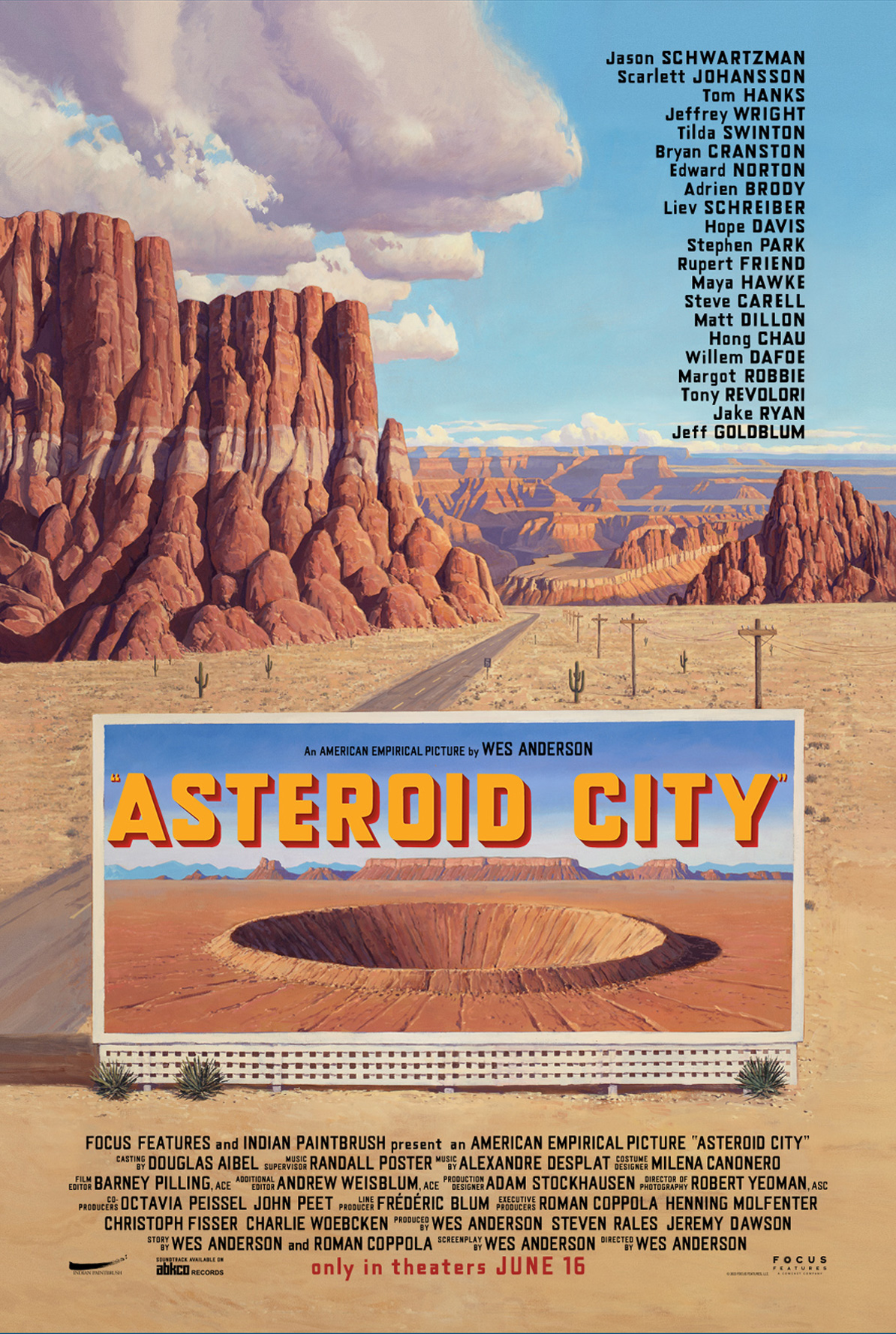Ryuichi Sakamoto was born and raised in Japan. He rose to prominence as a member of Yellow Magic Orchestra, the most influential Japanese band in pop-music history. Last week, he died in Japan. But he also claimed not to consider himself Japanese. That reflects the dedication of his life’s work as a composer and performer to cross-cultural inspiration, collaboration, and synthesis. How fitting that the announcement of his death this past weekend should elicit an outpouring of tributes from fans and colleagues around the world, sharing his work from a variety of different stylistic and technological periods in a variety of different languages.
Fitting, as well, that the first documentary made about Sakamoto as a solo artist should have been directed by a Frenchwoman, the photographer Elizabeth Lennard. Shot in 1984, Tokyo melody: un film sur Ryuichi Sakamoto captures not only Sakamoto himself on the rise as an international cultural figure, but also a Japan that had recently become the red-hot center — at least in the global imagination — of wealth, technology, and even forward-looking imagination. It was in the Japanese capital that Sakamoto recorded Ongaku Zukan, or Illustrated Musical Encyclopedia, the album that showed the listening public, in Japan and elsewhere, what it really sounded like to make music not just in but of the late twentieth century.
Or perhaps it was music for the End of History. “Japan has become the leading capitalist country,” Sakamoto says in Tokyo Melody. “I don’t know if it’s good or bad. The season of politics is over. People don’t think of rebelling. On the other hand they have a real hunger for culture.” Then comes the footage of wax model food and obsessively ersatz nineteen-fifties-style greasers: clichéd representations of urban Japan at the time, yes, but also genuine reflections of the somehow refined mix-and-match retro-kitsch sensibility that had come to prevail there. “Mainstream culture has lost its authority,” Sakamoto adds. “There is a floating notion of values. Technology is progressing by itself. The gears move more and more efficiently. We feel possibilities appearing that exceed our imagination and our horizons.”
For nearly forty years therafter, Sakamoto would continue to explore this range of possibilities — sublime, bizarre, or even threatening — through his music, whether on his own releases, his projects with other artists, or his many film soundtracks for a range of auteurs including Nagisa Ōshima (for whom he also acted, alongside David Bowie, in Merry Christmas, Mr. Lawrence), Brian De Palma, Bernardo Bertolucci, and Alejandro Iñarritu. In Tokyo Melody he reveals one secret of his success: “When I work with Japanese, I become Japanese. When I work with Westerners, I try to be like them.” Hence the way, no matter the artistic or cultural context, Sakamoto’s music was never identifiable as either Japanese or Western, but always identifiable as his own.
Related Content:
Hear the Greatest Hits of Isao Tomita (RIP), the Father of Japanese Electronic Music
Brian Eno on Creating Music and Art As Imaginary Landscapes (1989)
Discover the Ambient Music of Hiroshi Yoshimura, the Pioneering Japanese Composer
Based in Seoul, Colin Marshall writes and broadcasts on cities, language, and culture. His projects include the Substack newsletter Books on Cities, the book The Stateless City: a Walk through 21st-Century Los Angeles and the video series The City in Cinema. Follow him on Twitter at @colinmarshall or on Facebook.



